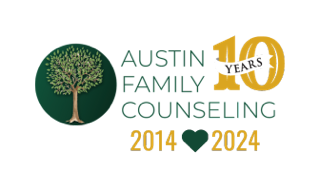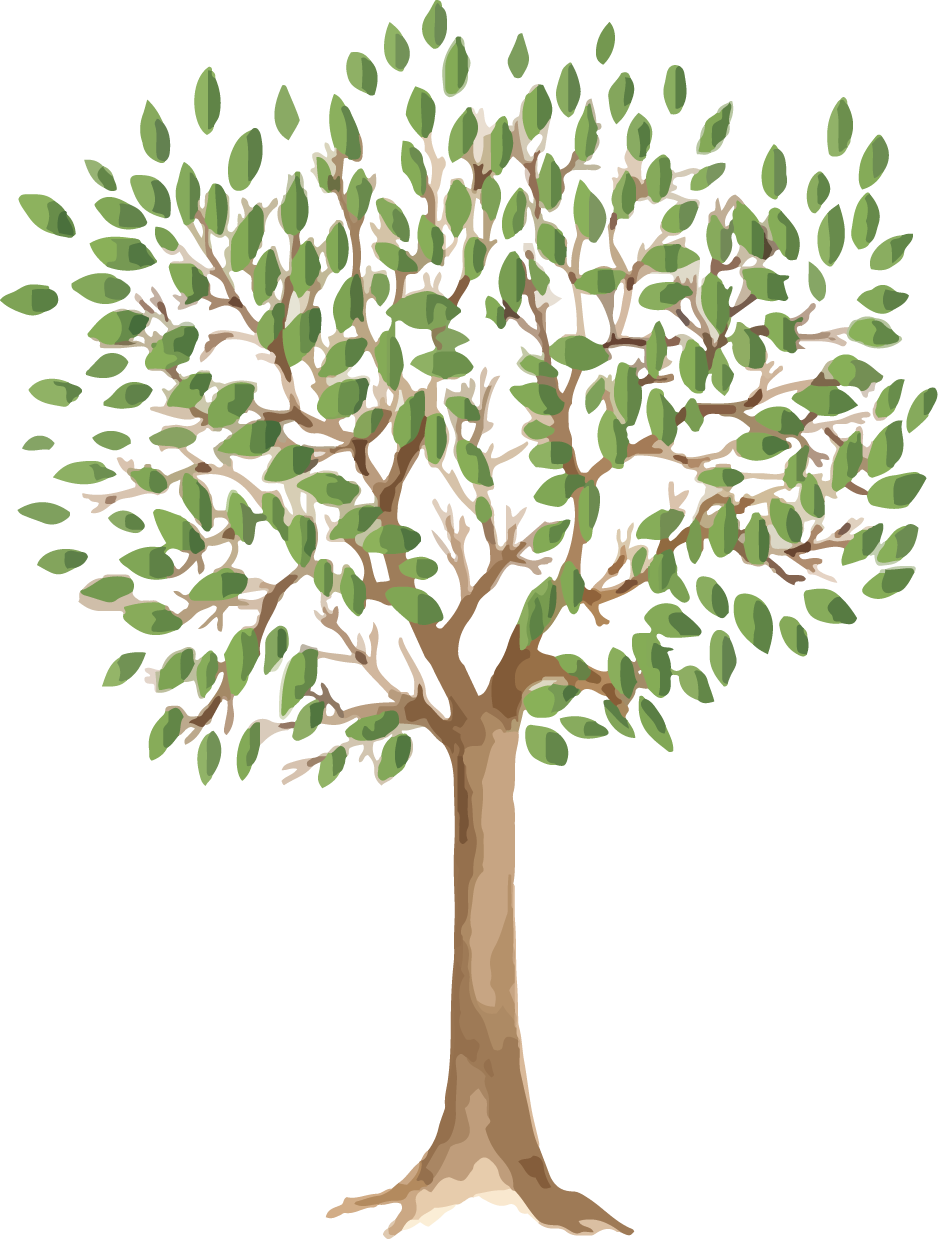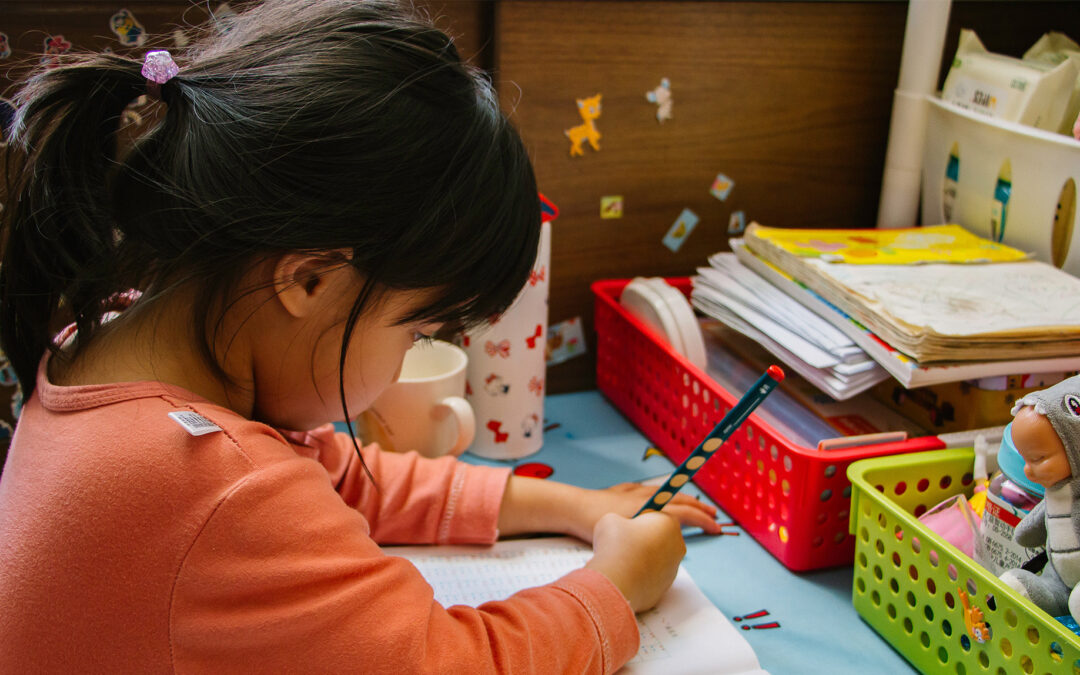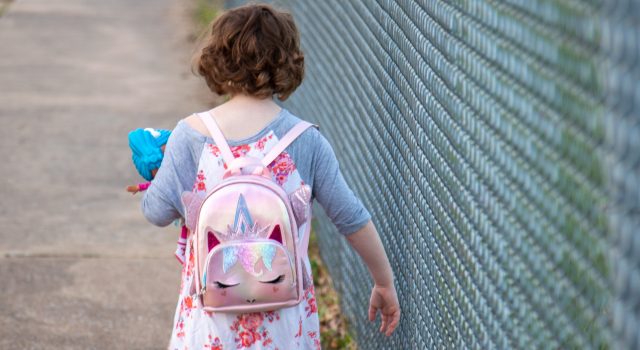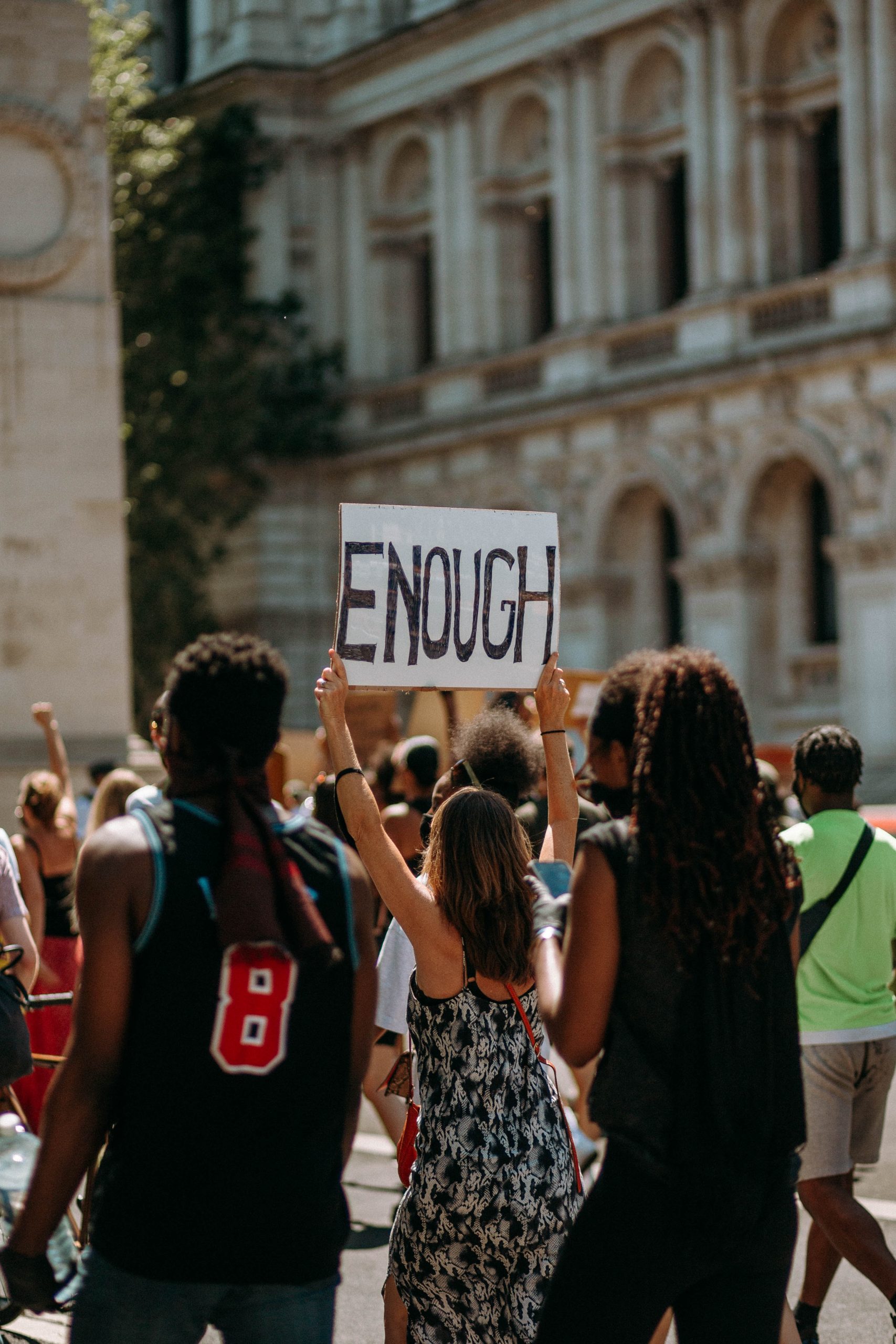As we approach this harrowing year-long anniversary of the pandemic, or at least of the collective awareness and general quarantine period of it, it feels important to honor the horror we have witnessed. You might be experiencing the pandemic personally via loss of a loved one, shifting or lost work, social isolation, or perhaps your role has been more of a distant observer, or even seeing it through the lens of survivor’s guilt. Regardless of role or impact, we are currently living inside of an ongoing, slow-rolling, ever-unfolding collective trauma. Using imaginal tools can create some underworld and overworld understanding that is digestible while making personal meaning of this era. While many possible gifts have emerged, of note: the reconsideration of our shrine dedicated to “busy,” and a questioning of our ever-quickening pace; it is fair to say we are living in terrible times. Both Joseph Campbell and T.S. Eliot noted the world as a possible “wasteland,” yet used narrative and imaginal tools as a framework to withstand and even deepen psychological capacity. Campbell duly noted that by using myth we can vitalize ourselves, thereby creating vitality in the world around us (1988).
While there is medicine in creating a “normal” routine and buoyancy where possible, I wonder from a depth psychotherapeutic perspective, how healing it might be for us to incorporate the horror of this time more intentionally. This honors any upset and makes room for collective and personal grieving. Using the tools of the imagination is one way to incorporate the discomforting parts of the pandemic, both personally and clinically. Imagination can be used to meditate horror, or our reaction to horror, which is generally fear. Or it might be channeled to imagine and incorporate alternate endings, thus promoting hope. Equally, it can enable a deeper, storied processing of the events.
Trauma and Imaginal Healing
We know that trauma interrupts critical pathways in the brain that can impact, among many other things, the region that regulates negative emotionality. Through James Hollis’ analytic work and research in Houston, expressive arts were seen to “reactivate those portions of the brain and reinstate growth” (2000, p.9). Donald Kalsched, largely known in the depth psychoanalytic and trauma field, has cohered that the imagination “helps us integrate body and mind, affect and image, conscious and unconscious” (2020). And image is naturally the way we witness fantasy, creativity, and make meaning of the day-to-day world we encounter as a conscious species.
“There is a mystery about this which stimulates the imagination; where there is no imagination there is no horror.”
– Sir Arthur Conon Doyle
Children teach us that holding space for the horrific can be healing and normalizing. Ask a young child to tell a story and many will quickly turn to the grotesque or the monstrous. They may even laugh while recalling a grim story from a book, or poke with curiosity about a character that gives them nightmares. Before defenses get installed into their hard-drive, so to speak, children are mostly comfortable with shadow-incorporation. Imaginal work offers a relatable, archetypal path to feel into what is dark, as a way to integrate wholeness into our psyches.
Why Honor the Imagination?
Before there was language, there was image and story. We have evidence of this, for one, in archaic cave paintings. It is encoded in our brains to story tell, and recognize patterns of story. We are narrative beings, and images are some of the ways our psyches take in and experience information. We speak in symbol. Our dreams speak in symbol.
At times, especially in times of grief, language can feel limited. Even our common sayings point to this: there are no words, I am speechless, etc.
In the trauma world, often images are used to first encounter how something may have gotten storied in the psyche. Making use of the imagination which can coalesce and transmute images, somatic sensations, emotions, the ineffable– is a comprehensive way to “meet” what is showing up.
Imagination is more important than information
-Albert Einstein
Honoring imagination enables us to tap into our own narrative or the stream of archetypal patterns from the collective unconscious. In this primordial stream, we can encounter recognizable archetypes, or patterns of behaviors, alongside images that might resonate. As a meaning-making species, it can be healing to know that we are familied and recognized in other stories that exist outside of our own heads. We already, perhaps unknowingly, are in contact with archetypes, explored through film, books, video games, and Greek myths. Even our social media platforms respect the human propensity to narrativize as a way to connect, through Stories.
Using fairytales as an example of this work; you might immediately recall a tale that was once treasured as a child. This is one way we can tap into original stories from early life that carry personal meaning. In a fairytale, it is easy to encounter internal or external characters or motifs that resonate with life, relationships, or difficult situations. As Sabrina Orah Mark said recently in The Paris Review: “The reason why fairy tales exist and thrive is because our bodies recognize them like they are our own. Our same blood type. Because we recognize wolf, witch, forest, kiss, curse, spell, mother, the stories latch” (2020). Mark is noting that the stories “latch” because they are archetypal in form and as ancient as humanity. They carry patterns and a common language of relating to, or of rejection, or of horror, pain, beauty, protection.
What Does Working Imaginably mean?
Working imaginably is flexible and spontaneous. Engaging with inner figures, with archetypal characters within and through myth, narrative, fairytale, etc., is vivifying. For some clinicians, it might mean play therapy, unstructured play, or sand tray. For others, expressive arts techniques are used. Narrative and drama therapies can assist in tapping into image. With depth psychotherapeutic training and a trauma-focus, I tend to use the tools of fairytale analysis, expressive arts, dreamwork, and classical Jungian sand play as clinical tools.
Meanwhile, I invite you to honor your original images by revisiting your favorite fairytale from youth during this pandemic anniversary. Sit down, really sink into the tale and notice what comes up.
Resources:
Joseph Campbell and the Power of Myth. (1988, June 21). The Hero’s Adventure [Video File]. Retrieved from: https://billmoyers.com/content/ep-1-joseph-campbell-and-the-power-of-myth-the-hero%E2%80%99s-adventure-audio/
Hollis, J. (2000). The archetypal imagination. College Station: Texas A & M University Press.
Kalsched, D. (2020). How the Corona Virus is Re-wiring our imagination [lecture transcript].

